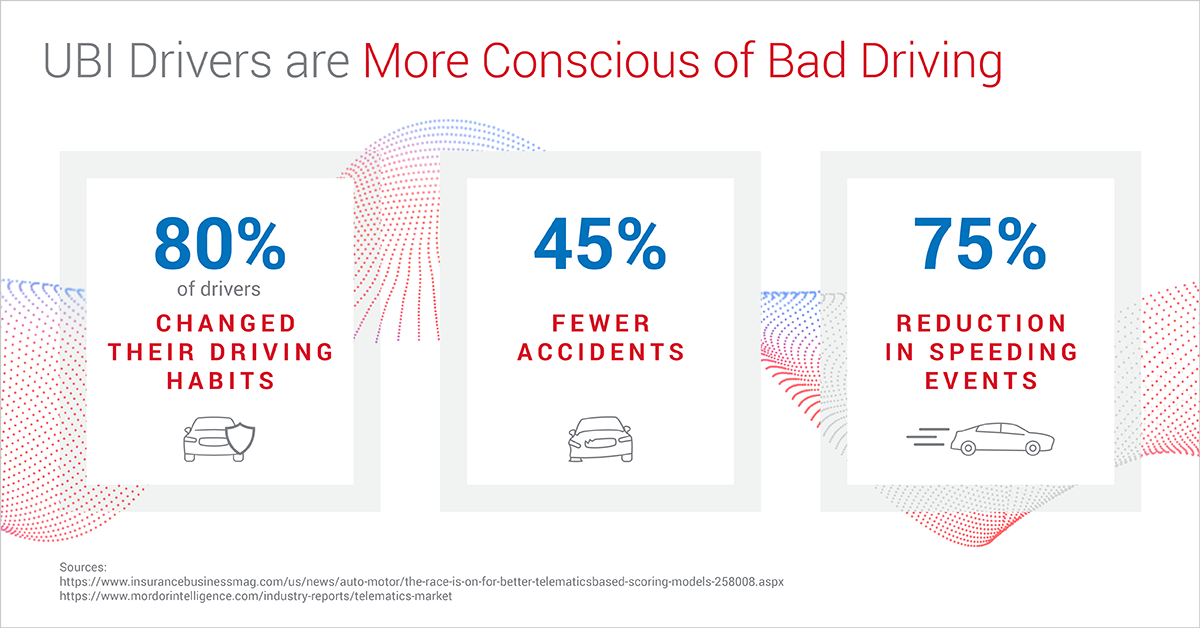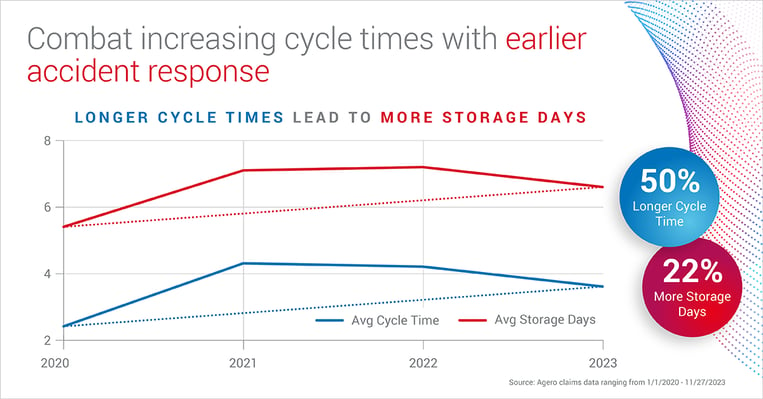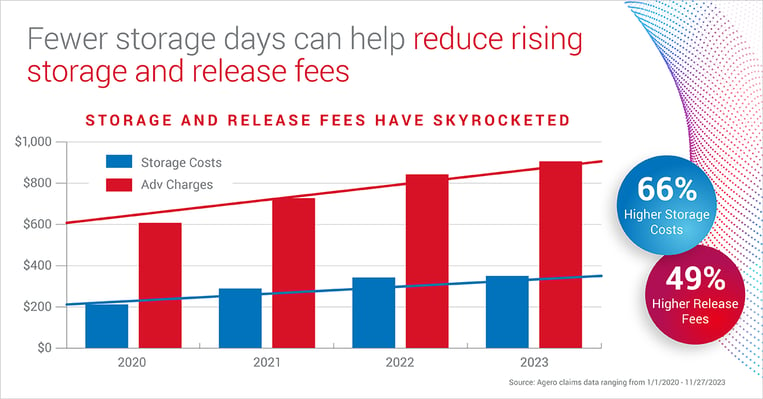Usage-based insurance, or UBI, is gaining traction with drivers due to the cost savings they can deliver for policyholders. These programs reportedly save drivers 10-15% annually, so it’s easy to see why they are gaining popularity. This is especially relevant considering the financial pressure insurers are under and trends towards price increases, with 31% of car insurance companies increasing their rates in 2023 by an average of 15.5%.
With more drivers switching to UBI to save money, how can insurers maximize the potential of their usage-based offering?
Leverage BETTER DATA and Enable SAFER DRIVers
Policyholders aren’t the only ones to benefit from usage-based insurance - it delivers a number of benefits to insurance carriers as well. In a data-driven world, having detailed information on driving patterns can help support underwriting by enabling predictive analytics that can gauge a driver’s likelihood of being in an accident. In the case of an accident, it also provides supporting information on who’s at fault.
There’s also a benefit to drivers knowing that they are being monitored. Studies show that when drivers have a usage-based program that monitors their driving behavior, 80% of participating drivers improve their driving habits. Other studies show that UBI programs led to 45% fewer accidents. On top of that, it can reduce speeding by as much as 75%. When considering that 13% of crash-related injuries and 28% of fatal accidents are due to speeding, this reduction has the potential to decrease the number of severe accidents and vehicular deaths.

Increase Retention and reduce claims expense
Policyholders are increasingly exploring more cost-effective insurance options to combat rising premiums, leading to lower retention and more turnover. Despite this, 40% of UBI customers reported that they are more likely to stick with their current carrier. UBI customers also have a 60 point higher satisfaction score on average when compared to general consumers. As it turns out, people like to save money!
One additional benefit to insurance carriers is earlier notification in the event of an accident. A common pain point in the industry is ever-increasing cycle times and claims costs, with cycle times increasing 50% and storage costs rising by 22% since 2020.

With a usage-based program, carriers can enable an instant alert when customers are involved in an accident, so they can begin the FNOL process sooner to help mitigate some of these challenges.

However, the real benefit to carriers and customers alike is the immediate response following a crash...
DRIVe CUSTOMER SAFETY AND COST SAVINGS WITH CRASH RESPONSE
With the ability to monitor drivers and detect speed, phone usage, and sudden stops, it seems like a no-brainer to also leverage this technology to provide immediate emergency support after a crash. While this technology is readily available and gaining adoption by leading carriers, it is not a feature that’s included in all UBI offerings, despite the benefits it delivers.
A Crash Response component in your UBI program will help mitigate claims costs. While the data collected during driving is helpful for at-fault investigations, these investigations happen well after the crash when many secondary costs have already been accrued. With Crash Response, carriers can immediately dispatch a tow to the accident scene to begin the process of appraisal and repair. Considering that customers are taking 97% longer to report an accident on average (compared to 2020), a proactive alert removes that delay from the equation, meaning the vehicle can be towed to repair on the same date that the accident occurred. In other words, a shorter claim, reduced storage costs, and fewer secondary tows.

While these cost-saving benefits are attractive in a time of expense cutting, they pale in comparison to the real value: saving customers’ lives. Considering that driving behaviors are more deadly than ever before, and accidents have increased in both frequency and severity, ensuring the safety of your customers has never been more crucial. Although crash detection is offered by both auto and smartphone manufacturers, they often lack the human element that is critical in a time of uncertainty, stress, and shock. Having a compassionate and caring person talking with your customer after a harrowing accident can have a lasting impact on drivers. As a result, 87% of those involved in a crash who received this support strongly recommended the service.
SUPERCHARGE YOUR PROGRAM
Cost reduction is a shared goal by both drivers and auto insurers that usage-based insurance offerings can help both parties achieve. However, excluding a Crash Response component is a missed opportunity that can exponentially improve cost savings capabilities for carriers. Whether reducing cycle time for secondary tow events or enabling more vehicles to be recovered from the accident scene, Crash Response is a valuable cost mitigation tool that insurers can leverage. Add to that the driver affinity benefit, and this solution becomes a differentiator for UBI programs.
As a provider of Crash Response services for major carriers since 2020, with 3X growth in that same timeframe, we know firsthand how valuable proactive accident detection can be. Learn more about how Agero can partner with you to help reduce costs and increase customer sentiment.





